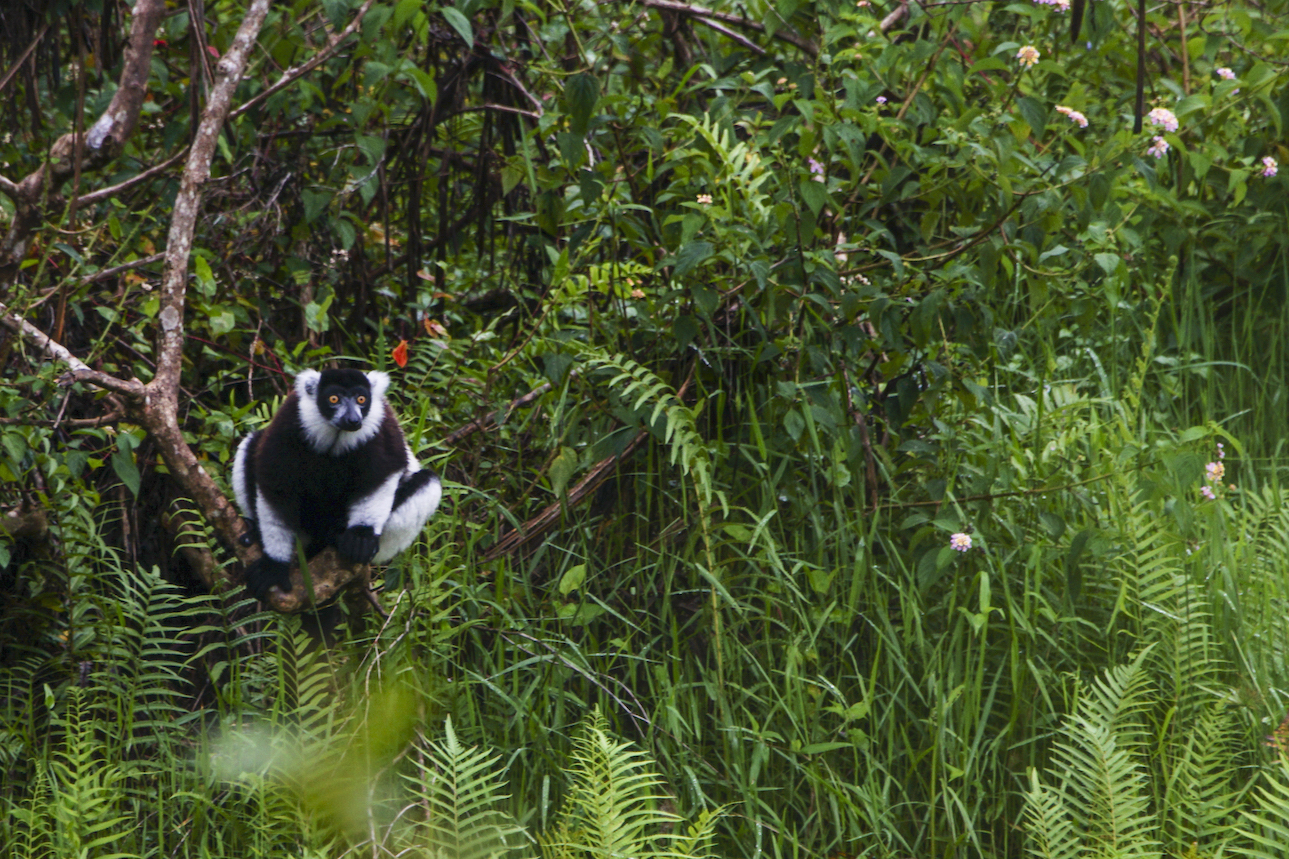Tragelaphus spekii
Sitatunga – Avu Lagoon Community Protected Area
The sitatunga is a unique species of semi-aquatic antelope. They have specially adapted hooves that help them navigate floating vegetation in wetland habitats and are known to submerge completely underwater when threatened. They are so difficult to detect, they were once believed to be extinct in Ghana until the species was ‘rediscovered’ by science in Avu Lagoon in 1998 thanks to local hunters’ traditional knowledge and the custom of depositing sitatunga horns at traditional hunting shrines.
The situation
Why is the sitatunga threatened?
Today it is believed that Ghana’s only population of sitatunga resides in the Avu Lagoon Community Protected Area (ALCPA). In West Africa, habitat loss and severe habitat fragmentation, as well as long-term changes to water levels are all challenges for sitatunga. Furthermore, isolation of these groups may have caused them to become genetically distinct from other populations in their range.
Our work
The Wilder Institute aims to maintain and increase the only sitatunga population in Ghana to prevent local extinction, increase connectivity between sitatunga populations in West Africa, strengthen inclusive governance of natural resources in Avu Lagoon and increase livelihood security and human dignity for community residents to enhance the resilience of the local social-ecological system of the ALCPA. The ALCPA, comprises a freshwater lagoon, seasonally flooded forests, grasslands and farms, and 17 human communities focused primarily on small-scale farming and fishing.
The Wilder Institute is part of the West African Sitatunga Group (WASG), a West African research and action think tank with a mission to inspire global interest in conservation. This group has confirmed the persistence of other remnant populations of sitatunga in Togo and Benin.
Community Conservation
Protecting sitatunga in their midst comes at a considerable opportunity cost to residents given restrictions on hunting and farming – a cost residents hope to overcome through access to alternative income generation. The Wilder Institute is working with our partners to protect sitatunga and other wildlife while supporting the local communities in building alternative, economical and ecologically sustainable livelihoods.
The Wilder Institute is strengthening the capacity of rangers to monitor and protect the sitatunga and their habitat by supporting ranger salaries, training, and equipment. The skilled expertise of local trackers and technology such as remote cameras and drones are contributing to important knowledge about sitatunga presence, habitat use and behaviour.
Our conservation impact
In each of the locations where we work, we strive to conserve the species and their habitat while also providing opportunities for income generation and improved livelihoods to the local communities.
Did you know?
Sitatunga have long, oily hair which creates a waterproof layer to help them stay warm while they swim. They are slow, but strong swimmers and can stay in the water for long periods of time. These antelope will use the mounds of floating vegetation found in their swamp habitat to take breaks.
Teamwork
We are grateful for the collaboration of the following partners in helping us conserve the sitatunga and support local communities.

